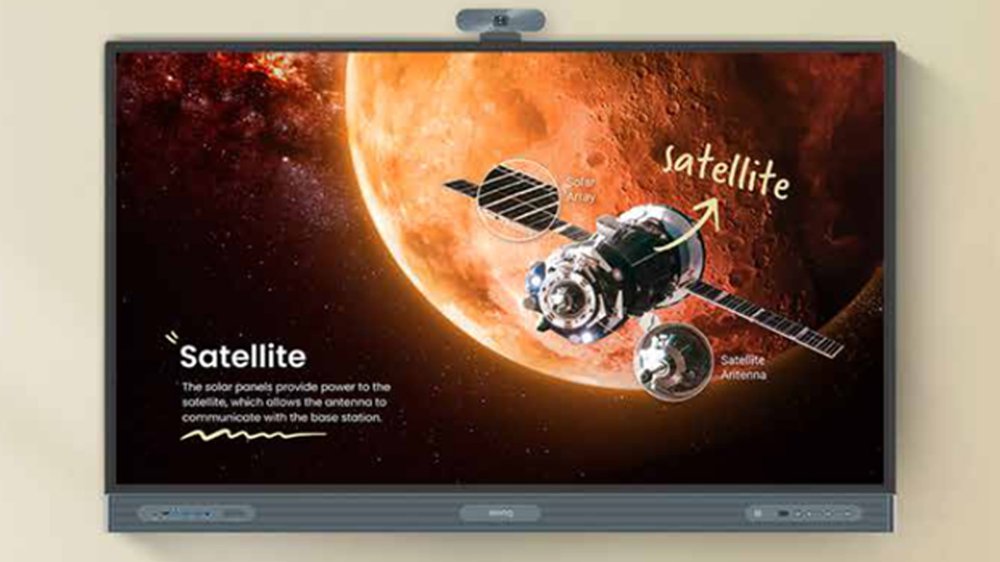It’s about time. I’ve been longing for this. What was it about the early days of digitally sharing via screens that was soooo much harder than just whipping out a goose-necked overhead and throwing a transparency up there. Of course, having to make transparencies was no bath in a lake of fun, and in truth I never did it, but I saw it happen to my college professors.
The early arrivals to interactive whiteboards, now just interactive boards (and tables and walls and possibly ceilings and floors, so we might as well move on to say “surfaces”), were so hard to use. It was rather ridiculous. Let’s just say that there were years and years of training and also schools where droves of teachers held strong in resistance to training where the very expensive classroom fashion accessories languished in corners and were used as a place to tape-up posters and announcements.
There was no switch-on and just get busy teaching. There was always something going wrong like bulbs breaking or wrong cords or buttons some punk stuck a pen into that now won’t function, or just navigating to function with obscure icons that made no sense serving to distract from teaching into irrelevant tech minutia.
Here's the key points, and while I’m making them, I’m pointing at BenQ:
- Turn on, log-in. Integration is already there. Many other features like split-screen sharing.
- “ InstaShow,” a sleek tiny hub thing with fat dongles that you plug into the ports of any computer that instantly shares to the screen by you or your students.
- Projectors that are built for the classroom by being bulb and filter free, so no unplanned stops to your lessons and plans.
- Low cost.
While there are many other points to make here, I’m not doing a product pitch for BenQ, instead I’m pointing out that such simplicities have and will generate a new sort of teaching and learning dynamic.
It’s kinesthetic. There is a sensation of co-creation and dimensional experience as images and ideas emerge from these products that clearly are not the flatly boring vocalized droning lecture of old or chalk scraping and felt erasers.
It’s motionally matching. Rapid sharing to add visual, co-working graphic representation, sound and video to the process of learning from a teacher and by a group adds a performance, almost theater, sort of dynamic with a motion – fast – that matches the wavelength of the present generation who are clearly not the vocal droning lecture crowd of old. In fact, the Alpha Generation will barely use their phones as phones and prefer to text in pithy language alterations so short as to be indecipherable to many of the older crowd. Youth expect responsivity at their rate of speed, visual motion and color and thrill. That is why they are the video-gaming-est generation of all time and if you’ve played some of those games there is very little that is slow about their interactivity.
It's building a lateral capaciousness in minds needed in the future.
This point is the real crux of why simple, productive design was so critical in these sorts of classroom accessories.
When a mind has multiple senses engaged in the digital world, which is not a flat world despite the board being flat, it’s engaging in a laterally dimensional world. This world is like the internet, ripping along in every direction at lightning speed to transport images, ideas, and in whole shrink the real world as only one of two realities. This world is fast, it has no space or time in it, it is thrilling and mystical. It’s the world which will compete with the human world through AI, the world your young students must learn to own in order to have dominion over no differently than they must learn the physical human world to survive.
The digital world is not diametrically opposed to the physical, but it is running at a different speed and with more capacious dimension than individual humans run – and it is being taught to think.
There is an imperative, therefore, to using such technology in every lesson – not to just be interesting, but to build the mindspace in this generation.
It’s up to teachers and their schools to make sure students learn to live in two worlds successfully.
***











